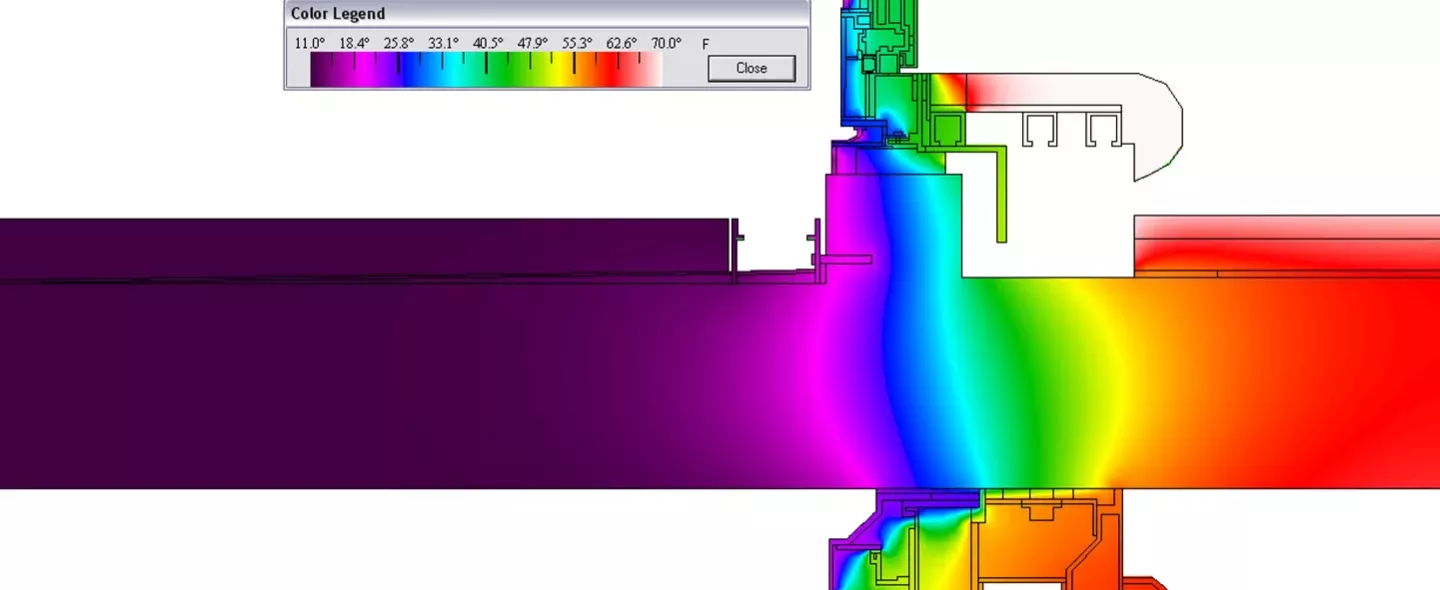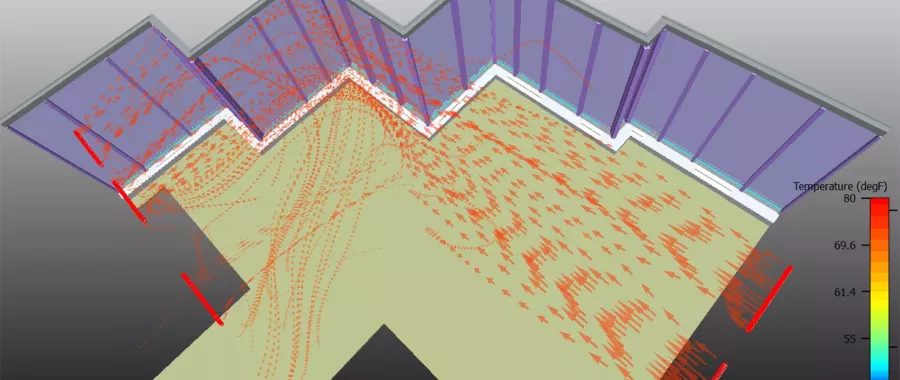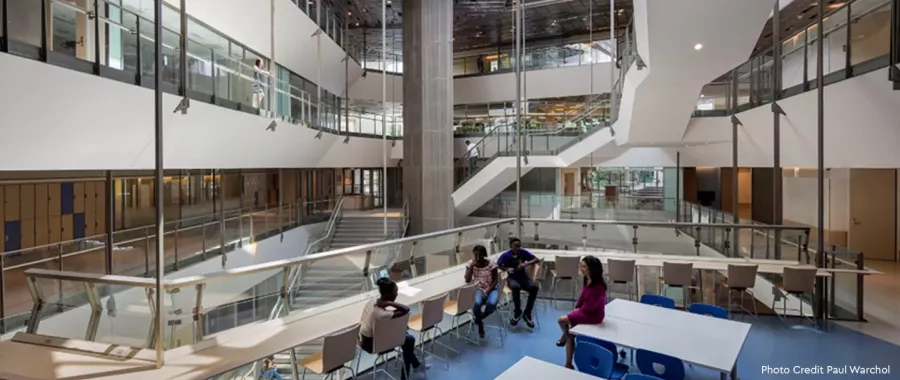Hygrothermal Analysis – Modeling with WUFI
SOCOTEC uses Hygrothermal Analyses to identify the temperature and moisture conditions within a building component, based on the given interior/exterior conditions and material properties.
What is WUFI?
WUFI analyzes two-dimensional heat and moisture transport in building components over a period of years. The program takes into account climate data – including driving rain, annual temperature, relative humidity, and solar radiation – to determine the behavior of a component exposed to weather.
SOCOTEC has performed two-dimensional vapor migration analysis using WUFI on a wide variety of new and existing construction, including solid brick wall, brick cavity wall, and various compositions of brick, terracotta, concrete or stone construction; also, on lightweight walls.
The analysis informs the design process as to how best to approach existing (or new) façade systems relative to insulation type, thickness, and effectiveness, as well as air and vapor control layers.
Where appropriate, we have also performed absorption testing at exterior surfaces and/or can we can work with materials testing laboratories to further define existing material properties so as to better approximate actual conditions in the modeled material.
Benefits
The WUFI modeling is focused on optimizing details, allowing one to:
- Eliminate condensation risk
- Identify moisture accumulation within the assembly
- Avoid thermal degradation of materials
- Avoid organic growth on moisture sensitive materials
- Improve/maintain materials’ thermal performance due to the interaction between temperature and moisture (the heat loss increases with moisture content, whereas the moisture transport is driven by the thermal performance)
Typical Difficulties Causing Interstitial Condensation:
Exterior Side
- Masonry walls are moist in the center. This is due to the porosity of the masonry units, the lime mortars, and the thickness of the wall. It is hard for the masonry wall to dry out completely, especially if it is a foundation wall.
- Unintentionally trapped moisture even when the outside of the wall feels normal and dry.
- Capillary Suction. The smallest cracks and pores found in mortar, brick and stone can bring on water in a big way.
- Wall drying from outside to inside. This is caused by rain followed by high solar radiation.
- Wind-driven rain. Moisture deposit from wind driven rain is the main reason for moisture problems in buildings.
- Construction Moisture. This is becoming more of an issue now that buildings are tighter and construction schedules are faster. Even ‘dry’ materials have an initial water content of approximately EMC80 or equivalent to about 80% RH.
- Exterior Condensation. At night and when the sun is at low angles, the exterior surface of a low mass wall can lose a lot of heat via radiation to the cold layers of the atmosphere.
- Interior Side
- Internal Moisture Generation
- Adequate ventilation, minimal ventilation
- Controlled humidification, no humidification
- Tight vs loose construction

Talk to our experts

A programmatic approach
WUFI Software

The program takes into account:
- Climate data, including driving rain
- Annual temperature
- Relative humidity
- Solar radiation to determine the behavior of a component exposed to weather
- Vapor diffusion through materials
The WUFI analysis is recommended over the standard ASHRAE Dewpoint and Glaser methods because it incorporates time dependence, drying potential and the effects of moisture storage capacity.
The program takes into account:
- Climate data, including driving rain
- Annual temperature
- Relative humidity
- Solar radiation to determine the behavior of a component exposed to weather
- Vapor diffusion through materials
The WUFI analysis is recommended over the standard ASHRAE Dewpoint and Glaser methods because it incorporates time dependence, drying potential and the effects of moisture storage capacity.
Integration Brings Results
SOCOTEC professionals are architects and engineers, with experience in design, construction and operations. We focus on solutions that integrate both the envelopes and HVAC, to (a) improve the marketability of the projects and (b) reduce risk for both design professionals and developers.
Want to kow more about our Thermal & Condensation Analysis services?






